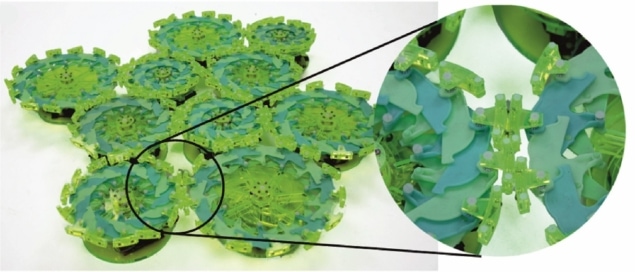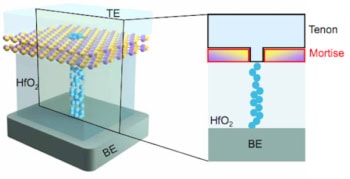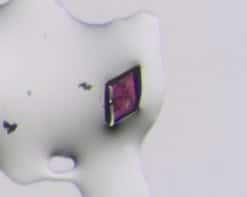
A new type of robot made by multiple units – called “particles” – can respond to external stimuli and execute different tasks.
These particles, all identical, are able to expand and contract but incapable of independent movement in space. However, they can weakly interact with each other via weak magnets which bind the particles together. The collective system, called “particle robot”, can perform different functions such as migration towards a light; moving an object or avoiding an obstacle.
Reporting in a recent paper published in Nature, a team of researchers from Columbia University, MIT, Cornell University and Harvard University, led by professor Hod Lipson, developed the technology.
Collective technology
In their working mechanism, a signal activates the expansion-contraction cycle of the single particles, and the individual response becomes collective locomotion that allows various tasks to be completed.
For this purpose, the team implemented an algorithm inspired by biological phenomena such as collective cell migration. Each particle responds to the external stimuli according to its intensity (and thus, its distance from it) and does not require individual programming. The researchers show the mechanism behind their particle robot in a video.
They ran experiments with 25 physical particles and simulations with up to 10,000 particles. In addition, the simulations show the robot still works when 20% of the units are malfunctioning.

Fibre-spinning robot swarms build architecture from scratch
Towards miniaturization
This new approach to robotics has different advantages. Firstly, simple particles are easier to build than more complex ones designed to perform specific tasks. Moreover, being all identical, working particles can easily substitute for broken ones (self-heal) and the robot can grow as long as more particles are added. Finally, weak coupling provides more freedom in response to external stimuli and an unknown environment so that the particles can easily separate, overcome obstacles, and reaggregate.
In the foreseeable future, the particle robots will be made of thousands of miniaturized particles and simulate more complex systems, such as “biological systems comprising billions of cells” as the researchers conclude in the Nature article.



